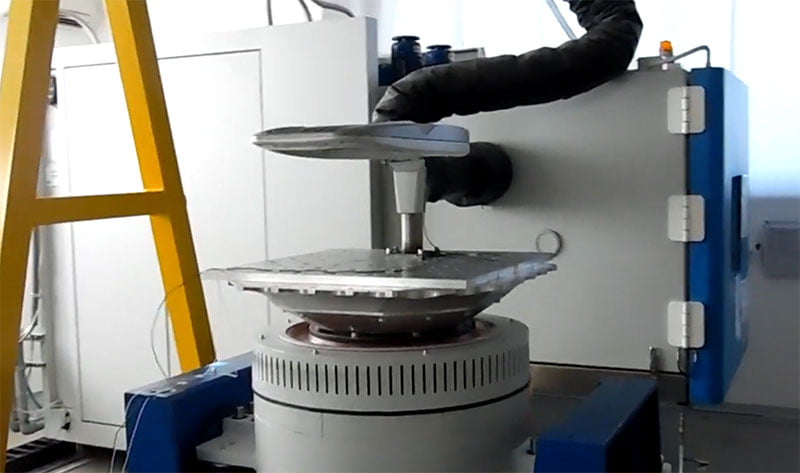IEC 60598-1, ANSI C136.31 and IEC 60068-2-6 are key test standards for the safety and performance of lighting equipment, including LED lights. These standards specify the basic requirements of equipment under various environmental conditions. The shaker vibration test method includes sinusoidal, random and sweep-frequency sinusoidal vibration test. To evaluate the reliability and durability of equipment under dynamic load. These tests are designed to ensure that LED lights can withstand wind, mechanical shock and other vibration factors that can cause structural failure in practical applications, and by following these standards, manufacturers can ensure the safety, stability and long life of their products in a variety of environmental conditions, providing users with high-quality lighting solutions.
The IEC 60598-1 standard specifies general requirements for the safety and performance of lighting equipment, including LED lights. According to this standard, LED lights need to undergo a variety of shaker vibration test to assess their seismic ability. These tests cover sinusoidal vibration, random vibration and mechanical shock, and are designed to ensure that LED lights can withstand the vibrations that may be encountered during transport, installation or normal operation. This evaluation helps to ensure the reliability and durability of the product.
In sinusoidal vibration testing, LED lights are exposed to vibrations with a specific frequency range and amplitude. The luminaire is fixed to a shaking table and evaluated from multiple directions to test its performance under different conditions. In contrast, random vibration testing more truly reflects the vibration conditions that may be encountered in practical applications. This test exposes LED lights to a random vibration spectrum, thus ensuring their durability in unpredictable vibration environments.
In addition, mechanical impact testing is also part of the IEC 60598-1 standard. In this test, the LED light experiences a sudden shock to simulate an accidental fall or similar situation. The purpose of this test is to verify the robustness of the internal components of the LED light and its ability to work properly after a sudden impact.
ANSI C136.31 is a specialized standard for the seismic performance of LED fixtures in road and district lighting applications. This standard provides clear guidance for testing the vibration resistance of LED lamps under the influence of factors such as wind, nearby traffic and construction activities.
According to ANSI C136.31, LED fixtures are tested for mechanical integrity, structural stability, and ability to maintain optical alignment under vibration conditions. The standard specifies specific test parameters, such as frequency and amplitude, to ensure the consistency and reliability of test results. The test process involves applying vibrations to LED luminaires in different coaxial directions to assess their performance and structural integrity.
IEC 60068-2-6 is a widely recognized international standard specifically designed for vibration testing of various electrical and electronic devices, including 5g vibration testing of LED lights. The standard specifies methods for assessing the ability of these devices to withstand vibration during transport, handling and operation
The standard specifies various test procedures for LED lights, including sinusoidal, random and scanning frequency sinusoidal vibration tests. Sinusoidal and random vibration tests were designed to evaluate the resistance of LED lights to vibrations of different frequencies and amplitudes. The scan frequency sinusoidal vibration test is used to evaluate the response of an LED lamp to frequency vibration over time. These comprehensive tests ensure that the LED lamp can withstand the various vibrations it may encounter throughout its life cycle.
With the advancement of technology and the complexity of the application environment, the importance of 5g vibration test is becoming increasingly prominent, which provides a guarantee for product quality and ensures that the equipment can continue to work normally under extreme conditions.
By implementing this test, companies can better meet industry standards and customer needs to provide users with high performance and high reliability products
